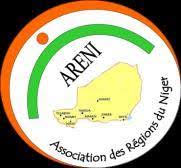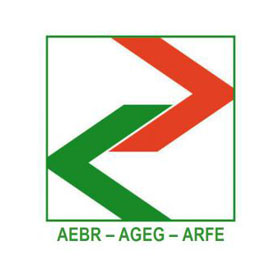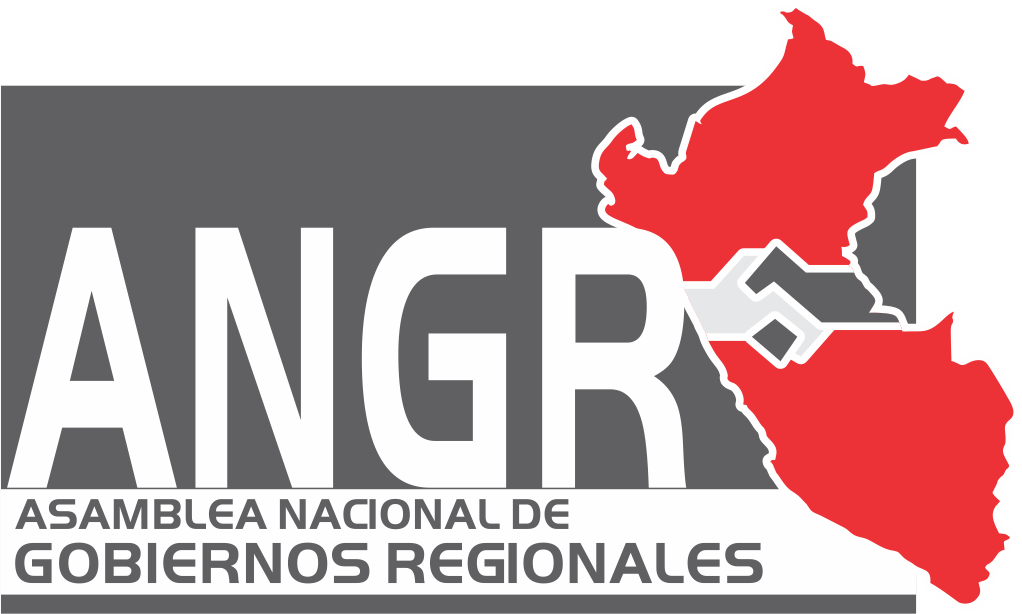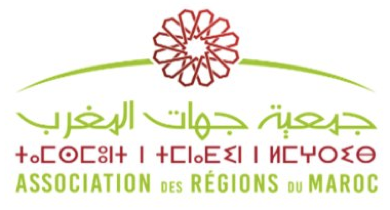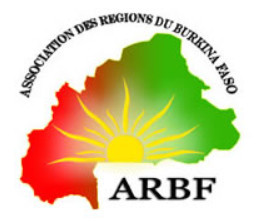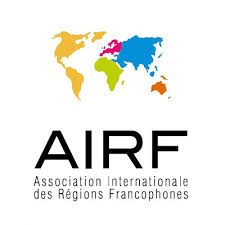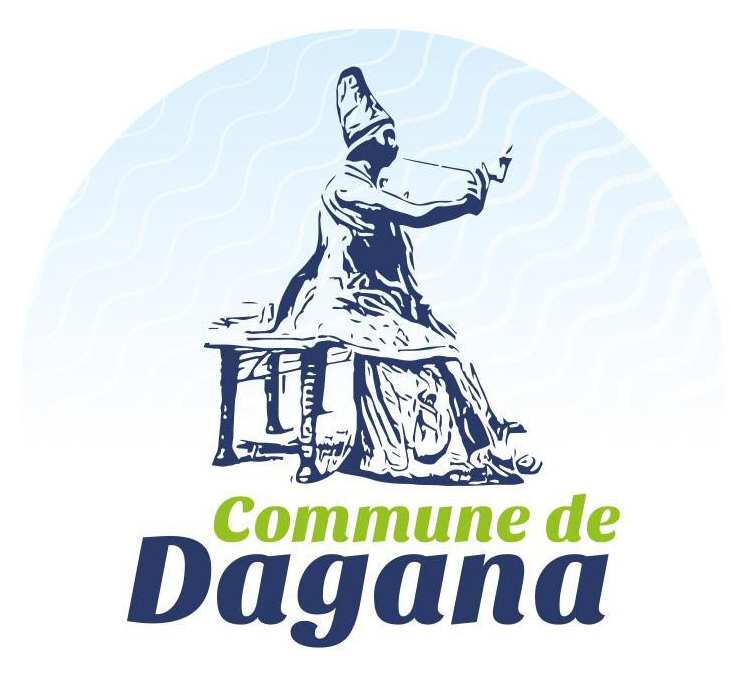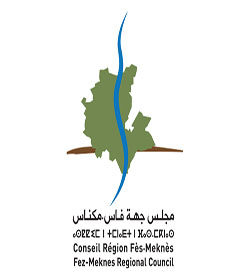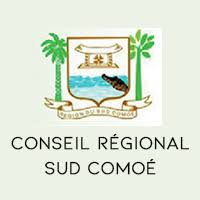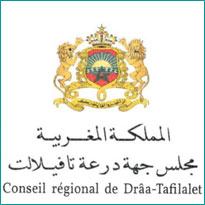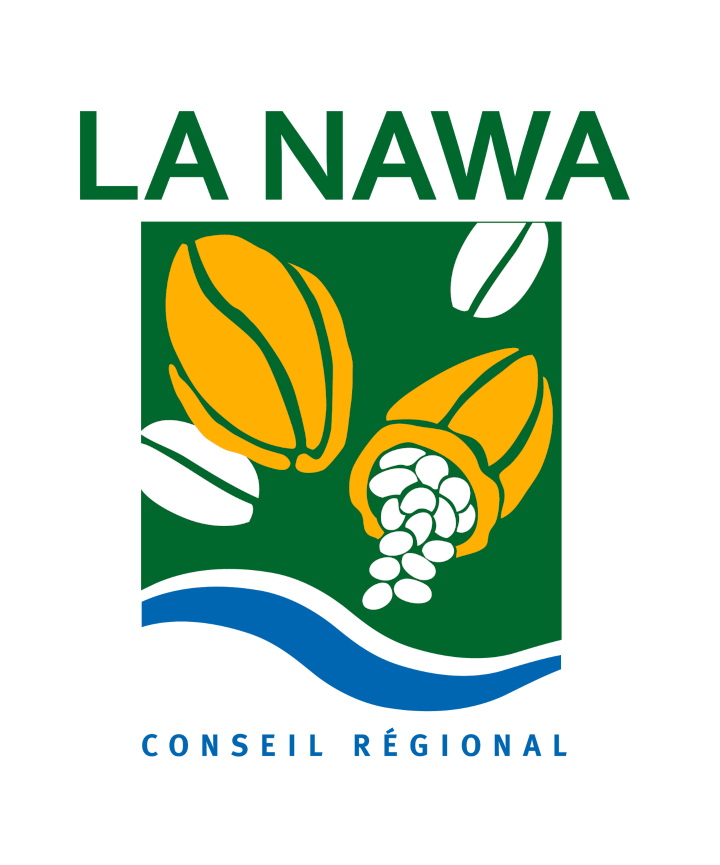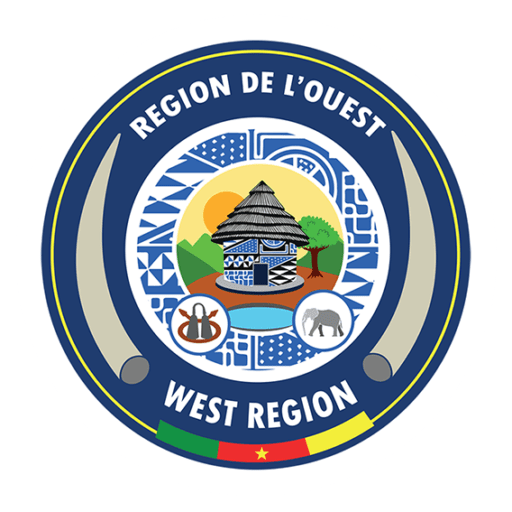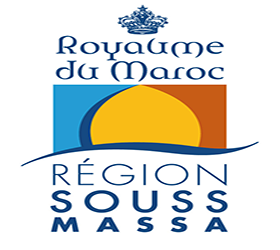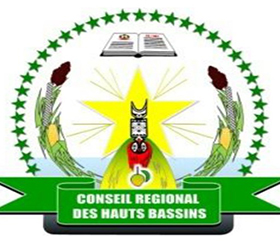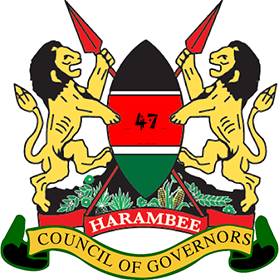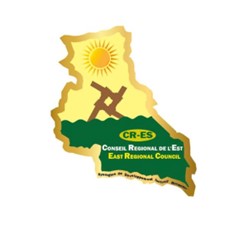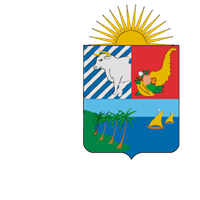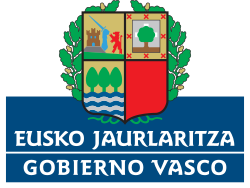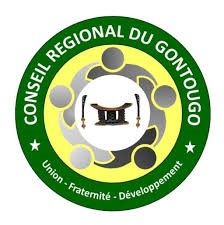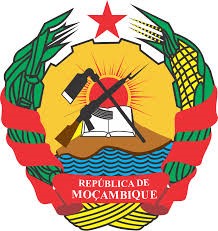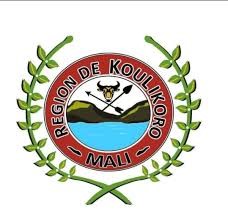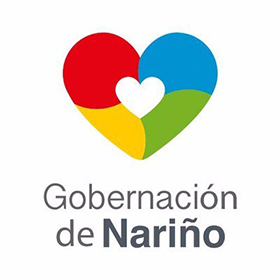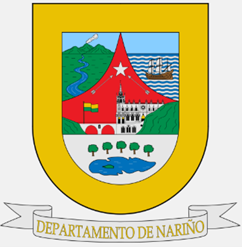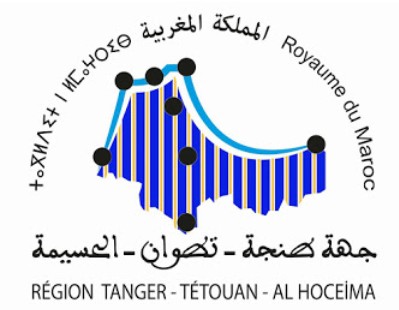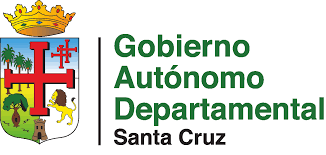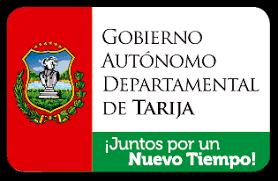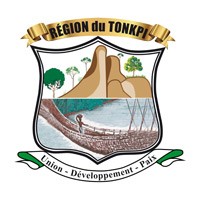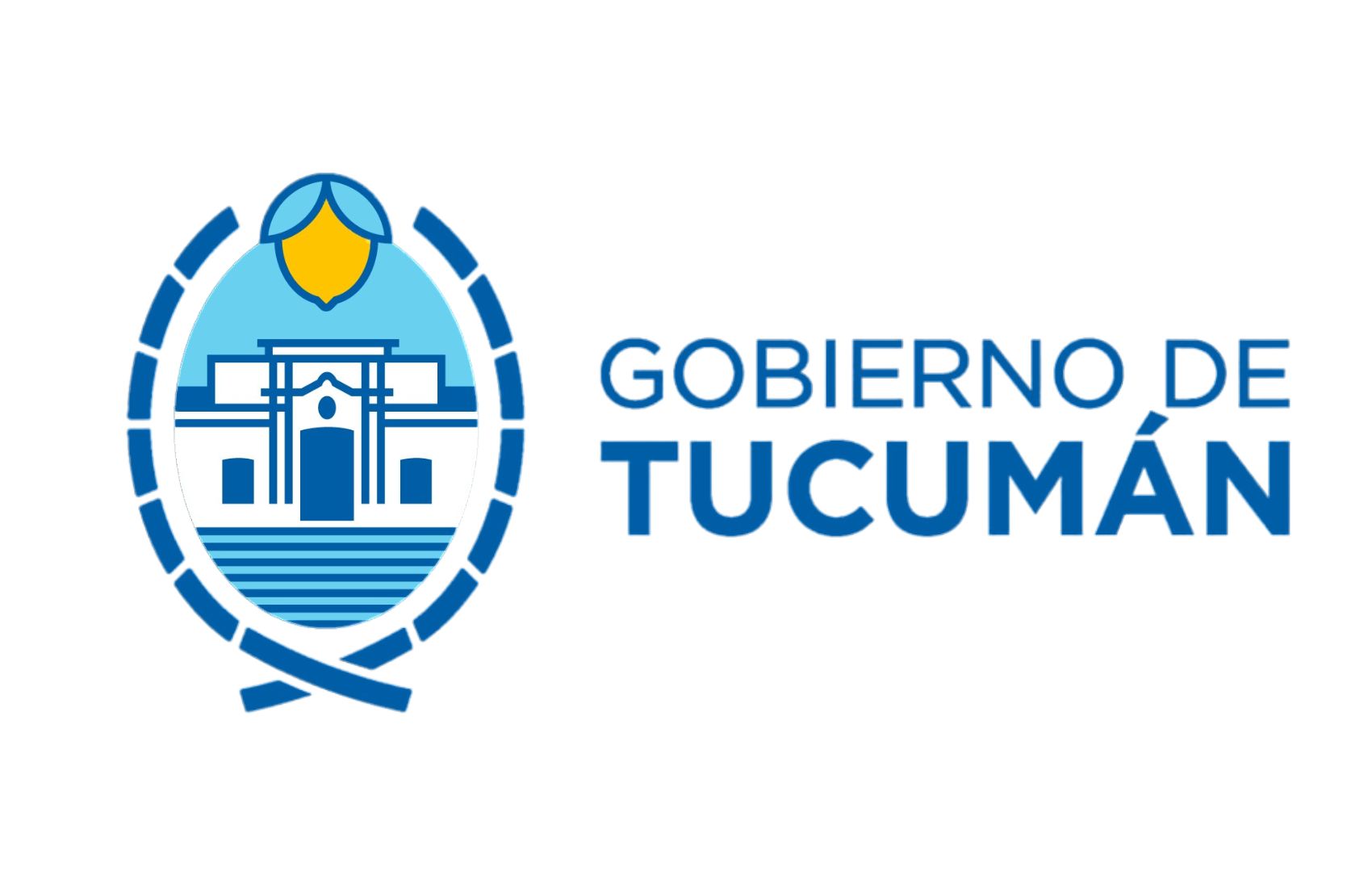See you in the Square
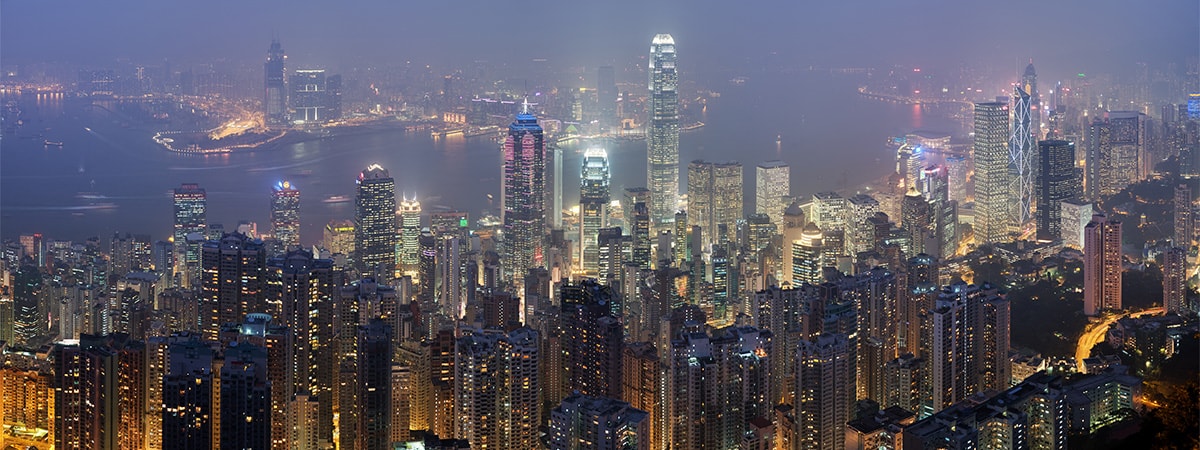
The United Nations is inviting us to reflect on the state of our towns and cities, and how we would like to see them in the future. October and cities, from Monday 3rd, World Habitat Day, until 31st October, World Cities Day; autumnal colors, the colors of the city, Urban October.
Since Habitat I (Vancouver, 1976), through Habitat II, held in Istanbul, Turkey up to Habitat III, which will be next held in Quito, Ecuador, the percentage of the world's population concentrated in cities has continued to grow, the concentration of which was calculated to cover 37.5% of the population at the first United Nations Conference on Housing and Sustainable Urban Development, rising to 54.5%; in 2016. We are therefore dealing with an authentic human and physical space where the viability of our system of human settlement, namely the city, can be explained.
A few facts: while cities today occupy 2% of the total surface area, they account for 70% of the GDP, 60% of energy consumption, and 70% of greenhouse gases and global waste produced on the planet., the reason why October was the month selected by the UN to reflect on the most decisive phenomenon that we are dealing with in our contemporary reality.
Public space has been generally scorned and underestimated in contemporary urban design, with the model based on fragmentation and urban sprawl gaining a firmer foothold since the seventies on the traditional model involving dense and compact cities. The massive increase of use of private vehicles has clearly had a decisive influence on how our cities are shaped and the supremacy of private means (vehicles) and spaces (homes) on common public spaces.
This supposed rationalization of the city through its zoning and specialization that tends to generally focus exclusively on transport, presents a model that stifles the essence of the city as a tense matter between private actions that justify this (residence, work , leisure, etc) and the interaction between people that generally do not know each other, something that encourages interaction between strangers and that is the very essence of public space.
That idea had already been formulated by a woman, Jane Jacobs, over 50 years ago, who warned us of the evils that afflict cities that sacrifice their public spaces to the ideals of rational configuration that dismiss interaction between their citizens, with their claim over the streets as a reference of public safety, interaction and socializing now very much a prevailing reality. It has generally been women who have occupied public spaces in a richer and more interesting way than men, accumulating experience while occupying playground spaces; and we are aware of the importance of local commerce; we are the main users of public transport, etc. This accumulated experience of the use and importance of public space, which is very often due to the segmentation of gender roles, gives us a particularly valuable role when reclaiming public space as an essential area in the configuration of cities and it positions us in the challenging position of demanding the feminization not only of public space, but also the city as a whole.
We are now in a position of reconsidering the city on the basis of acting on its urban consolidation within which it is undergoing a frantic rate of expansion, where the concept of a city must now reconsidered on the basis of on public transport, with the acceptance that the current system of private transport could lead to gridlock.
We as public officials from the Basque Country Government have already set out on this track and we are developing integrated regeneration projects within neighborhoods from the industrialization era and are looking at transformation proposals addressing the public transport and last mile system. We are convinced that the future city is somewhere that will be driven by its citizens, a diverse inclusive city, a city with a public space designed for the interaction of its citizens.
See you in the square.
Ana Oregi
Environmental and Territorial Policy Councillor at the Basque Government




